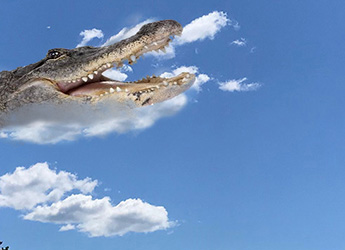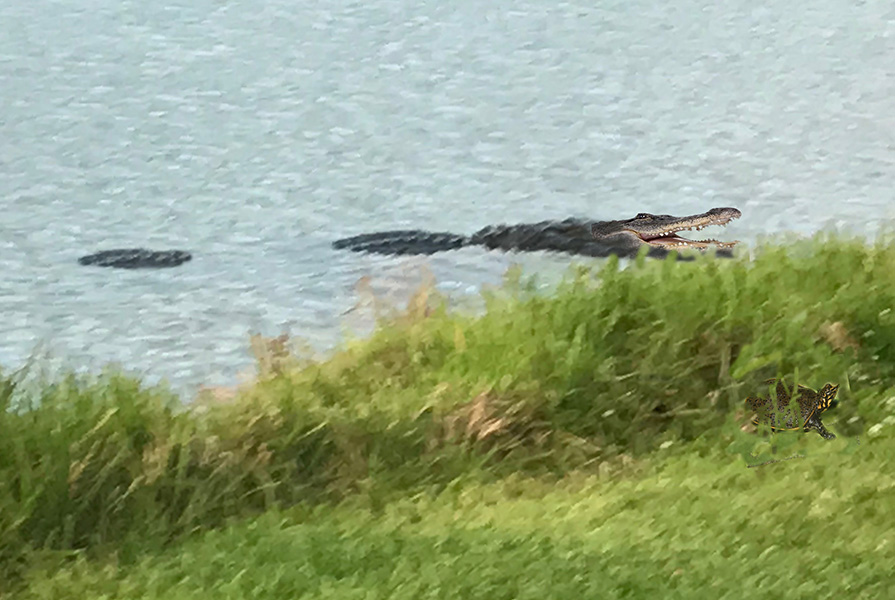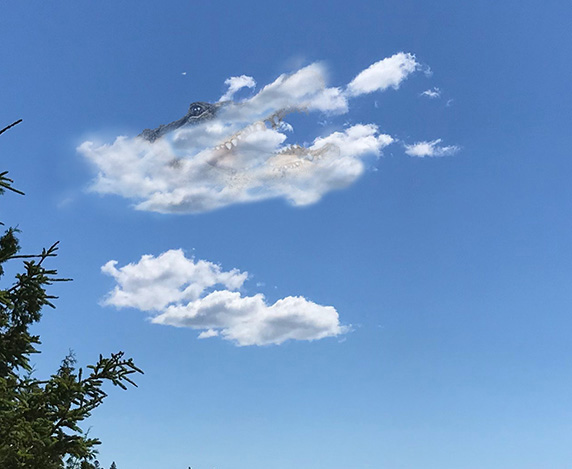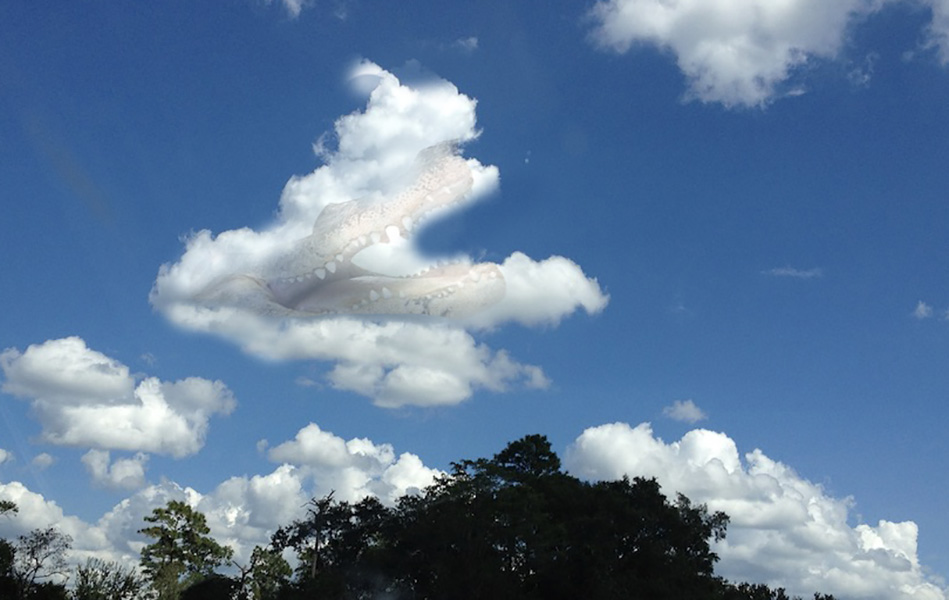
When it is time to eat, alligators are neither hunters nor gatherers. They are lurkers. They wait for something edible to swim or walk nearby and they lunge at it with incredible speed. Using their tails, alligators can push themselves up to 5 feet out of the water to snag small animals in low-hanging tree branches.
Dave Cesari posted three Green Heron photos and two photos of a Gator having lunch on the TGO Photo Club’s page – click on it in the left column.
Alligators will eat almost anything they can capture — fish, turtles, frogs, birds, small mammals, and sometimes even larger mammals like deer. Alligators capture all of these creatures by lurking in the water.
When it gets cold in the winter, alligators slow down. Below 70 degrees F or so they stop feeding, and when it gets much colder, alligators dig out a den in the bank of a pond or river and go dormant until it warms up again.

Alligators were nearly hunted to extinction in the 1950s and 1960s. Once they were protected from hunting, however, they were able to recover quickly because of their unique breeding behaviors.
Alligators breed in the spring. The female then builds a nest of mud and vegetation that is about three feet (1 meter) high and 6 feet (2 meters) in diameter. She lays 30 to 50 eggs and buries them in the rotting vegetation. The eggs are white, hard and slightly bigger than a large chicken egg.

The nest provides heat — it is like a big compost pile and heats up naturally because of the decomposing vegetation. The alligator eggs respond to the temperature. If the temperature is in the low 80s F, the hatchlings will be female. If the temperature is in the low 90s F, they are male. For temperatures in between, the resulting hatchlings are mixture of males and females.
The mother protects the nest from predators, such as racoons, while the eggs are incubating.

When the eggs hatch about 40 days later, the hatchlings make a noise and the mother digs them out of the nest. The hatchlings and mother will stay near the nest, and the mother will protect the hatchlings if they get into trouble and cry out. This protective behavior is very rare in modern reptiles, but it is thought to be common in certain dinosaur species.

I used this site to get most of the above information: https://animals.howstuffworks.com/reptiles/alligator5.htm
Leave a Reply